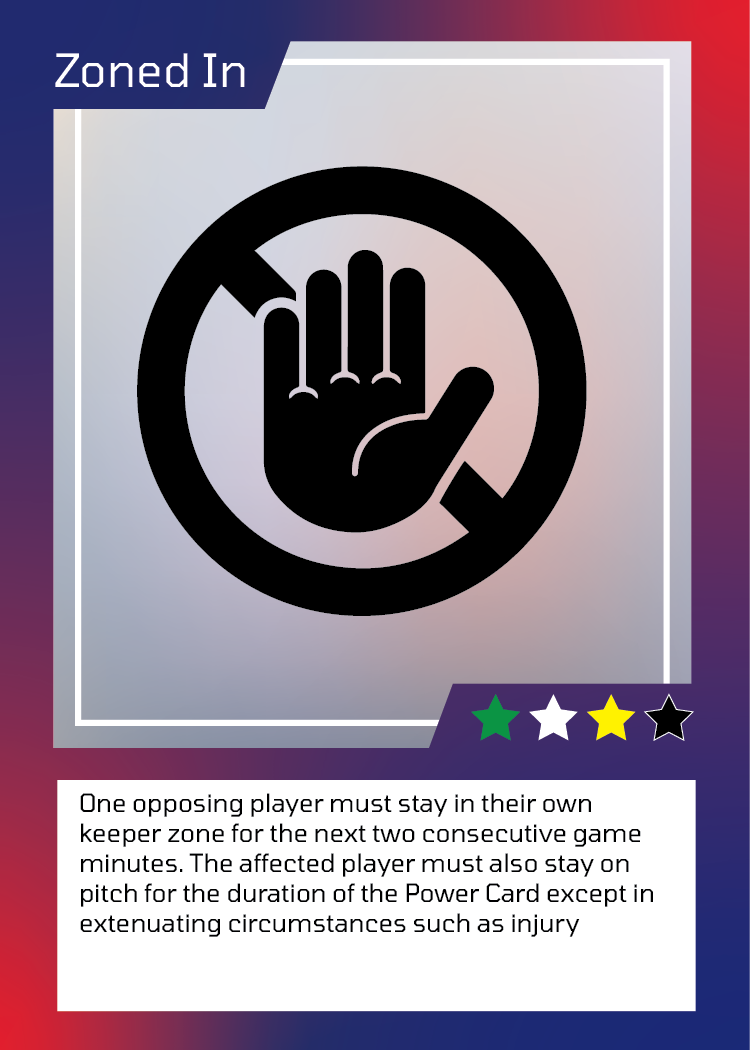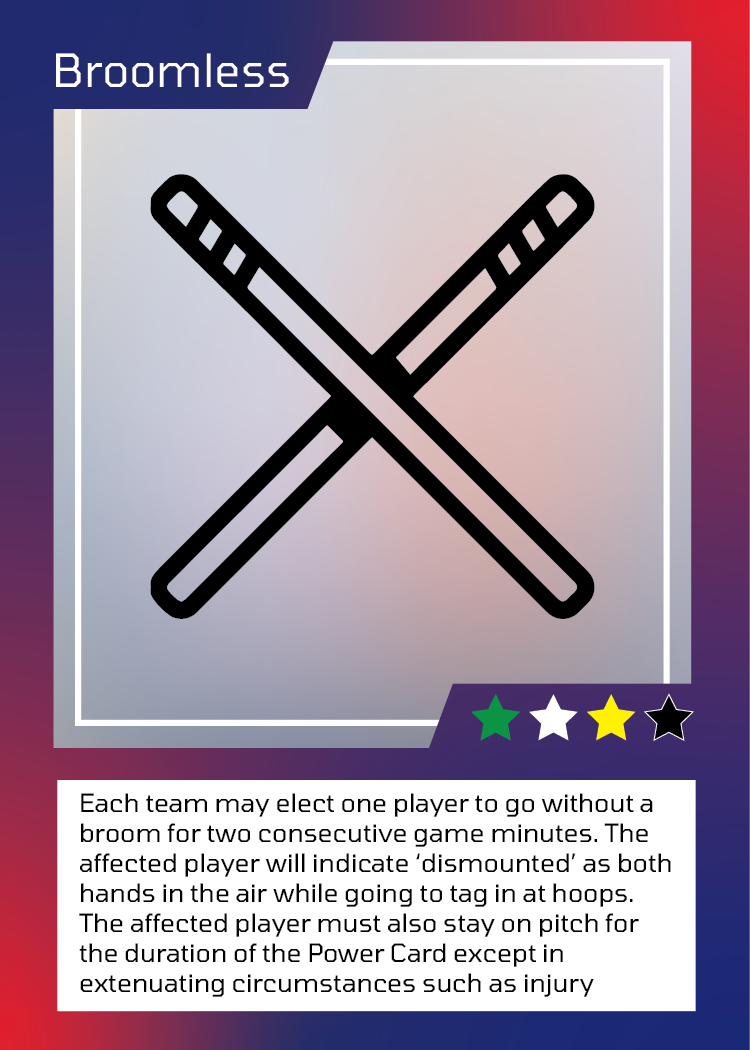New Rules Added for 2023 Take Back the Pitch
UPDATE, AUG. 18, 2023: After reviewing attendee feedback, MLQ will be doing away with Power Cards for this event. All other rule changes will stand.
This summer, MLQ is integrating aspects from basketball, soccer, and hockey into rule additions for Take Back the Pitch. Grab your seat or place on the pitch by Friday, Aug. 4 to check them out firsthand.
Created by MLQ Gameplay members Rachel Heald and Emma Vasquez, the rule additions include a 20-point goal line, penalty shots, and the option to substitute a chaser for the seeker.
20-Point Goals: Goals that are shot by a player outside of the keeper zone line are worth 20 points. The shooting player’s feet that are contacting the ground must be behind the keeper zone line
Seeker to Chaser Substitution: During the second period when the runner is on the pitch, teams can elect to substitute their seeker for a chaser through normal substitution procedures. The substitution or vice versa can occur throughout the second period with the runner on the pitch as long as teams do not exceed four chasers or one seeker on the pitch.
Penalty Shots: Contact fouls that warrant a yellow card will result in a penalty shot by the fouled player if there is no goal at the end of advantage following the foul.
The fouled player will have the quadball in their hand and pick a point to start between half pitch and the opposing team’s keeper zone line.
The fouling team’s keeper must pick a point to start within the keeper zone.
One chaser/keeper from each team must pick a position on the keeper zone line to start between the outermost hoop and the boundary line.
The remaining chasers/keeper will pick a point to start on the half pitch line
All beaters in play will remain in their position when stoppage of play occurred.
The head referee will blow the whistle once to indicate the start of the penalty shot sequence.
From the whistle, only the fouling team’s keeper and the fouled player will be active in play.
The fouled player has five seconds (indicated by the head referee verbally counting down) to release the quadball from their hand.
During the five seconds, (a) the fouled player must remain outside of the opposing team’s keeper zone and (b) the defending keeper must remain in their keeper zone.
Upon the release of the quadball from the fouled player’s hand, all players are active and in play.
Example penalty shot setup
Additionally, we are adding seven Power Cards that will allow each team to have an advantage for 1-2 minutes of play. Each team captain will draw three Power Cards at the start of each game and can elect to use two of those cards during specific periods of play. These cards can be implemented when either team calls for a timeout, during a stoppage of play, or when the team has possession of the quadball. A long whistle will signify the end of the Power Cards’ predetermined duration. If a player ignores a Power Card rule blatantly or in a manner in which it affects play, they will receive a blue card.
The available seven Power Cards will remain consistent throughout the tournament. Take a look at all of them below. The colored stars show which positions are affected by the card.
Click on the card to expand
Spectators may witness players without brooms, the addition of a fourth dodgeball, keepers trapped in their zone, and more. Who will take the field and shine with these new shot opportunities? Will coaches pull their seeker for an advantage away from the flag runner? Find out as a player or spectator at Take Back the Pitch. Sign up today!






